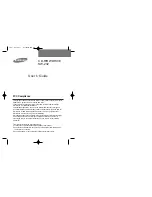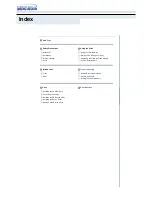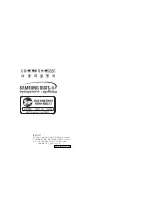
PowerFlex Digital DC Drive User Manual -
Publication 20P-UM001C-EN-P - July 2008
Application Notes
C-25
Fine Tuning the Regulators
The PowerFlex DC drive control regulators have predefined values meant to
provide consistent drive performance without performing any further
configuration, with the exception of the armature current regulator, which
must always be tuned. When the armature current regulator has been tuned
to meet the requirements of the application, the fine tuning procedures for
the other regulators are not necessary. However, the fine tuning procedures
can be used to optimize the output and control features of the drive.
The drive contains the following regulation circuits:
•
Armature current regulator - The auto tuning procedure is run via Par
452 [CurrReg Autotune]. Refer to Chapter 2 - Drive Start Up.
•
Field current regulator:
❏
A manual procedure to adjust the armature inductance when the
autotune steps yielded a value outside the recommended setting.
Refer to
Manually Adjusting the Current Regulator Tune
❏
A fine tuning procedure is available below. Refer to
Field Current Regulator on page C-26
•
Speed regulator - A fine tuning procedure is available below. Refer to
Fine Tuning the Speed Regulator on page C-29
•
Armature voltage regulator - A fine tuning procedure is available below.
Refer to
Fine Tuning the Voltage Regulator in the Field Converter on
The fine tuning procedures are included below. In order to obtain a step
function, the internal “Test generator” is used. The goal of the fine tuning
procedures is to obtain an optimal step response. For example, it is
recommended that you directly measure the step response for the field
current regulator.
The analog output can be connected to the terminal strip, with a sampling
rate of two milliseconds.
Using the Test Generator
The “Test Generator” function creates signals with a rectangular wave form
based on a specific frequency and amplitude. The frequency and amplitude
can be added to a configurable offset value, if needed. Par 58 [TstGen
Output] determines which regulator input signal (reference) is active; torque
current, field, ramp, or speed.
















































